In recent years, Canadian cities have stepped up in the fight against climate change and environmental degradation. From cutting-edge public transit systems to community-supported agriculture and waste reduction initiatives, sustainability is no longer a niche lifestyle, it’s a growing movement that’s reshaping urban life. Here are 24 cities across Canada where living sustainably is not just possible, but practical and inspiring.
Vancouver, British Columbia

Long known for its environmental consciousness, Vancouver continues to lead the way with its Greenest City Action Plan. The city offers robust bike infrastructure, electric vehicle charging stations, and a Zero Waste 2040 initiative. Residents enjoy access to local produce through farmers’ markets and community gardens, and green building standards are integrated into new developments.
Victoria, British Columbia

Victoria has made significant strides in promoting sustainable living. The city encourages cycling with designated bike lanes and a comprehensive cycling network. It’s also committed to reducing single-use plastics and has a high recycling rate. Local food initiatives and a strong emphasis on energy efficiency make Victoria a model for eco-conscious living on Vancouver Island.
Burnaby, British Columbia

Burnaby’s commitment to sustainability is evident in its investment in green spaces, including parks and trails that support biodiversity. The city is expanding public transit through SkyTrain access and actively supports energy-efficient building codes. Programs like food scraps collection and composting help residents reduce their environmental footprint.
Kelowna, British Columbia

With its warm climate and rich agricultural heritage, Kelowna has embraced sustainable farming and local food systems. The city supports electric transportation and has taken steps to protect natural areas from development. Kelowna’s lake-friendly initiatives help preserve water quality, and its residents participate in waste reduction efforts through various community programs.
Surrey, British Columbia

Surrey is emerging as a green leader with its Climate Action Strategy, focusing on clean transportation, green buildings, and urban forestry. The city has one of the fastest-growing networks of electric vehicle chargers and a comprehensive cycling plan. Community gardens and local energy projects further strengthen Surrey’s green credentials.
Calgary, Alberta
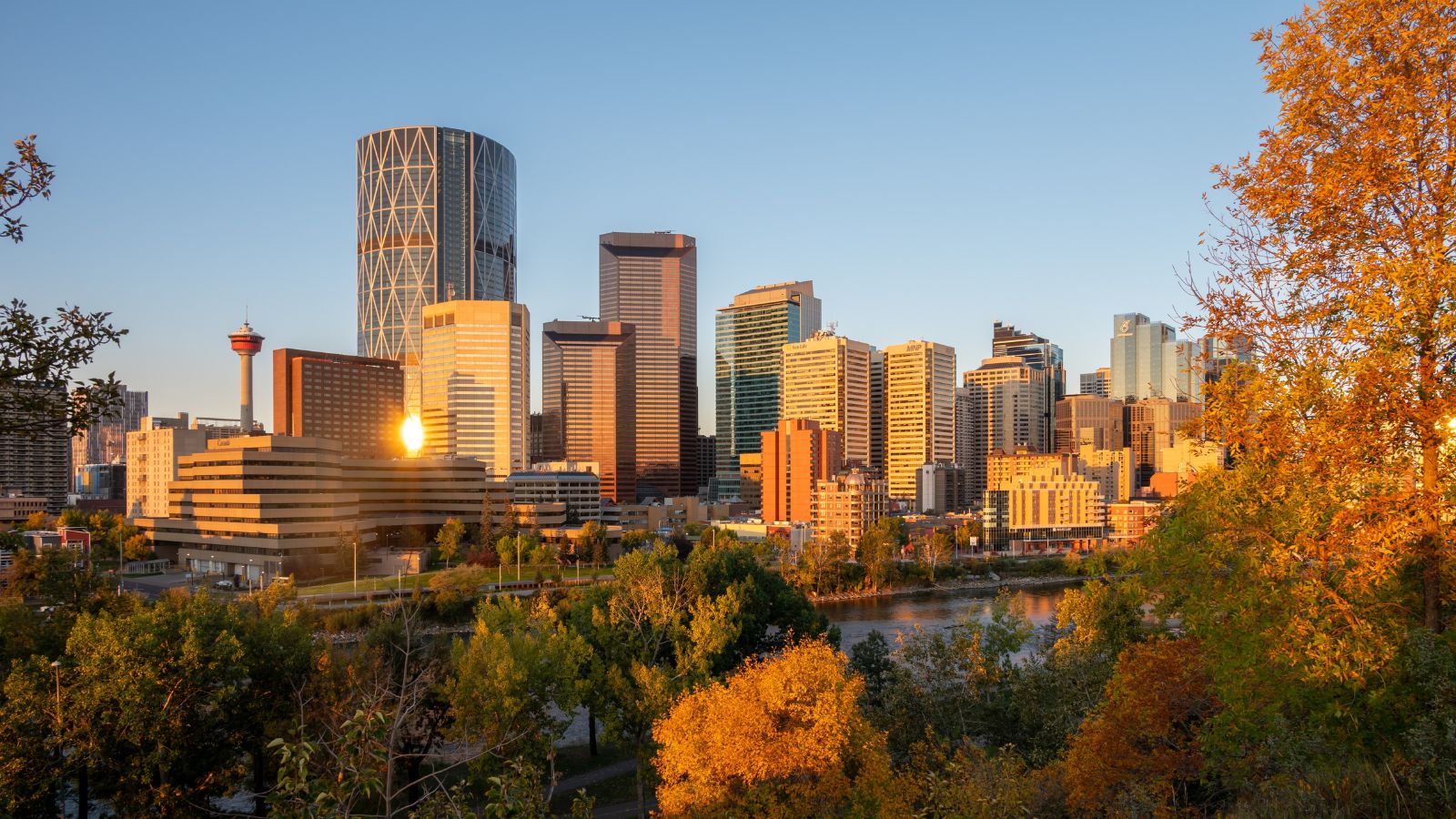
Calgary is diversifying beyond oil and gas with a growing emphasis on sustainability. The city is investing in renewable energy and energy-efficient buildings. Its CTrain light rail system is powered entirely by wind, and there’s strong public support for recycling and composting programs. Calgary is also restoring natural wetlands and promoting smart growth strategies.
Edmonton, Alberta
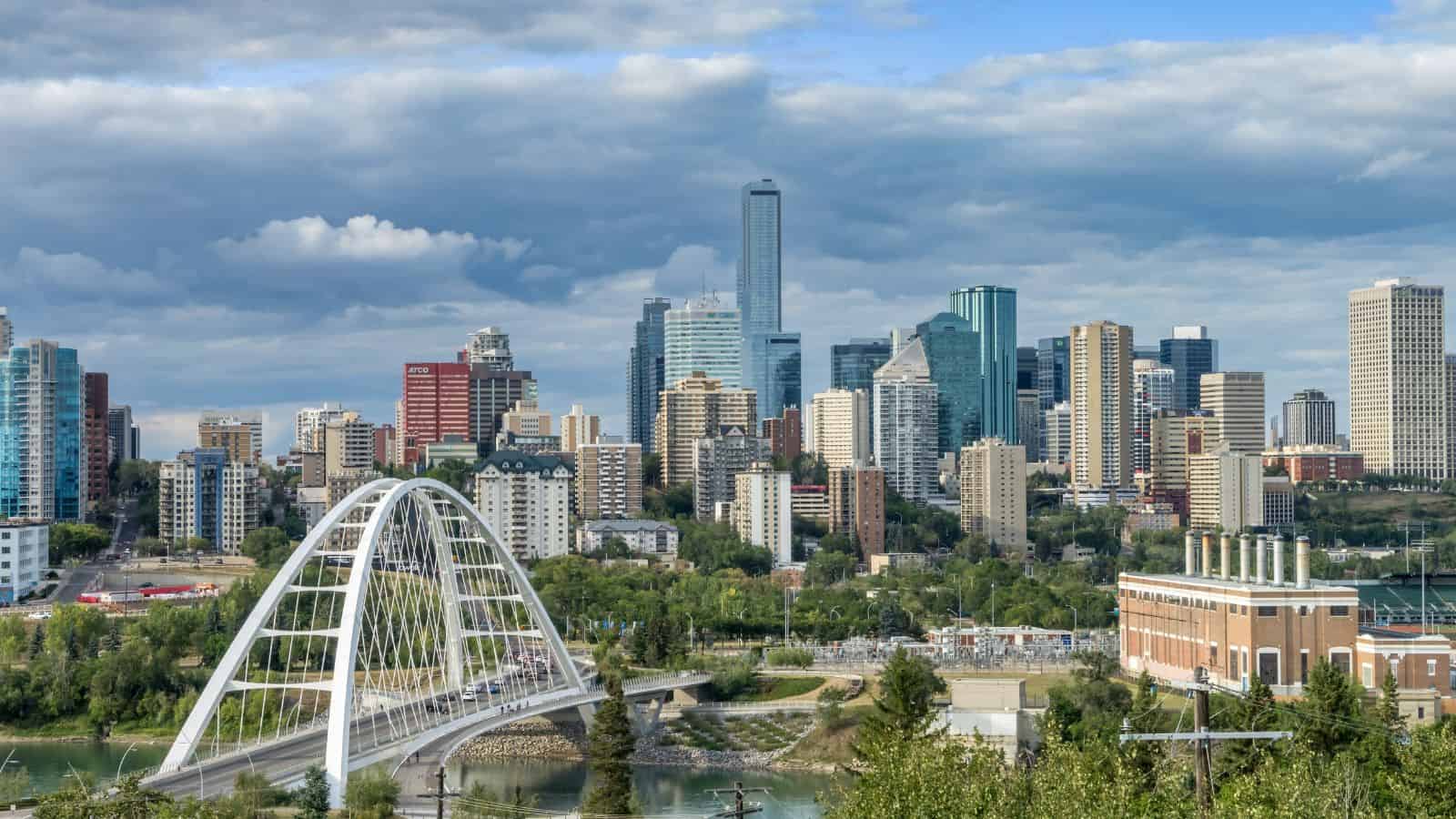
Edmonton has positioned itself as an environmental innovator. The city’s Blatchford community is a carbon-neutral neighbourhood powered by renewable energy. Edmonton promotes sustainable transit, urban agriculture, and green roofs. Its Waste Management Centre is among the most advanced in North America, emphasizing composting, recycling, and waste-to-energy initiatives.
Regina, Saskatchewan
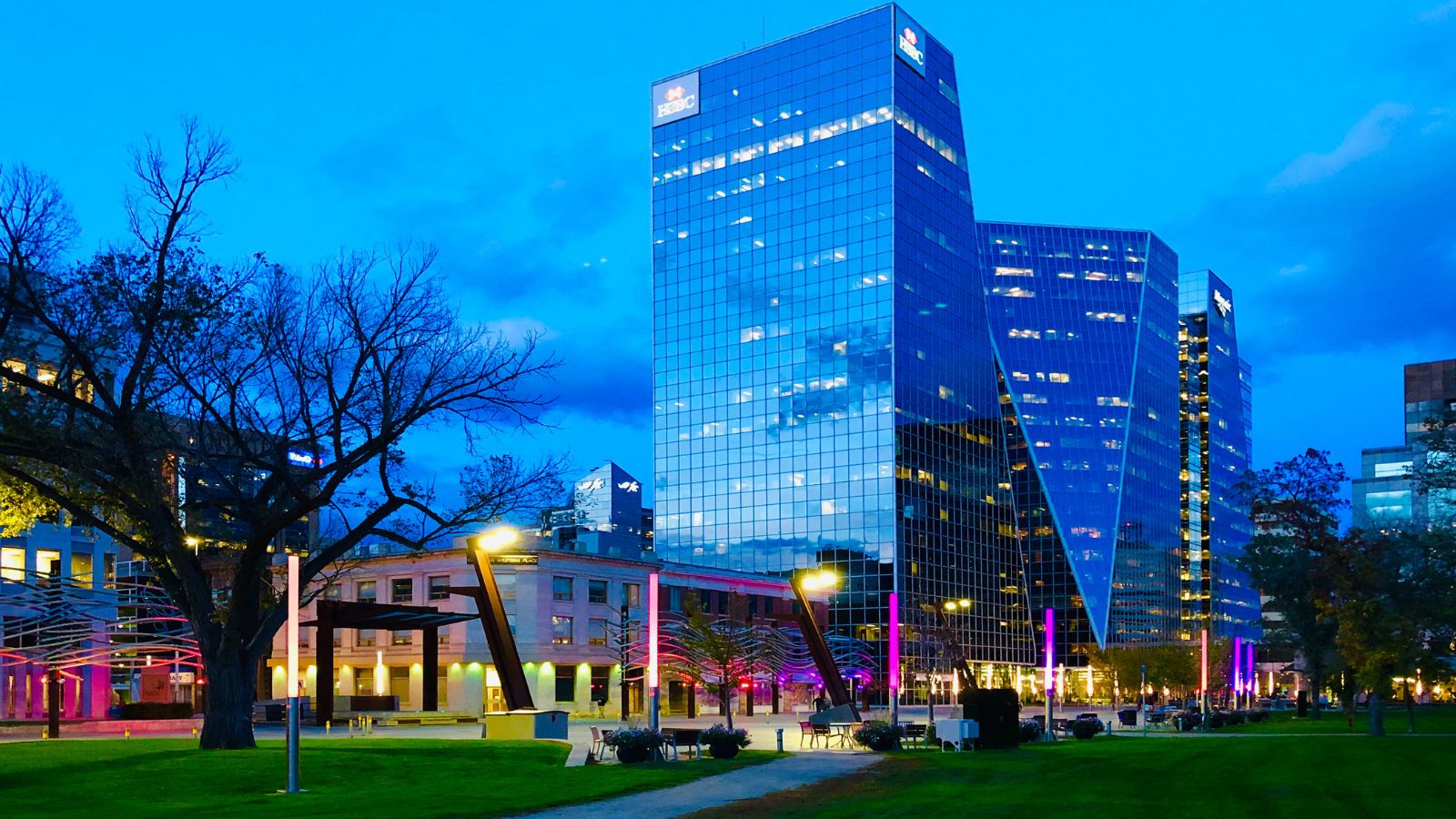
Regina is advancing sustainability with a Renewable City Strategy aiming for 100% renewable energy by 2050. Community engagement in solar energy, green transportation, and food security is growing. The city also focuses on water conservation and environmental education through local schools and neighbourhood initiatives.
Saskatoon, Saskatchewan
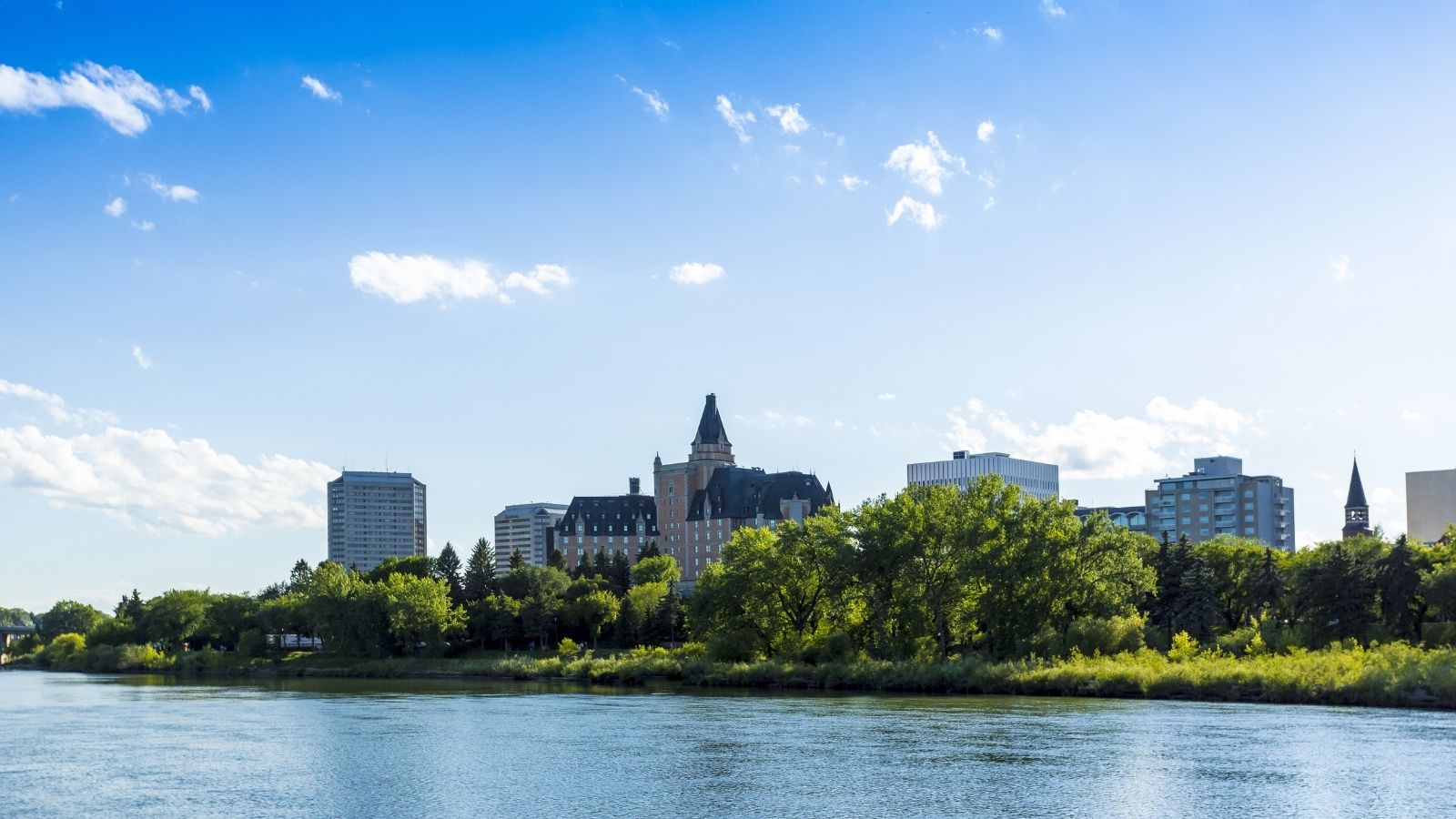
Saskatoon’s Green Strategy prioritizes reducing greenhouse gas emissions, improving urban green spaces, and supporting sustainable transportation. The city has increased bike infrastructure and is expanding its electric bus fleet. Local food movements are thriving, and community-led waste diversion programs are becoming more widespread.
Winnipeg, Manitoba
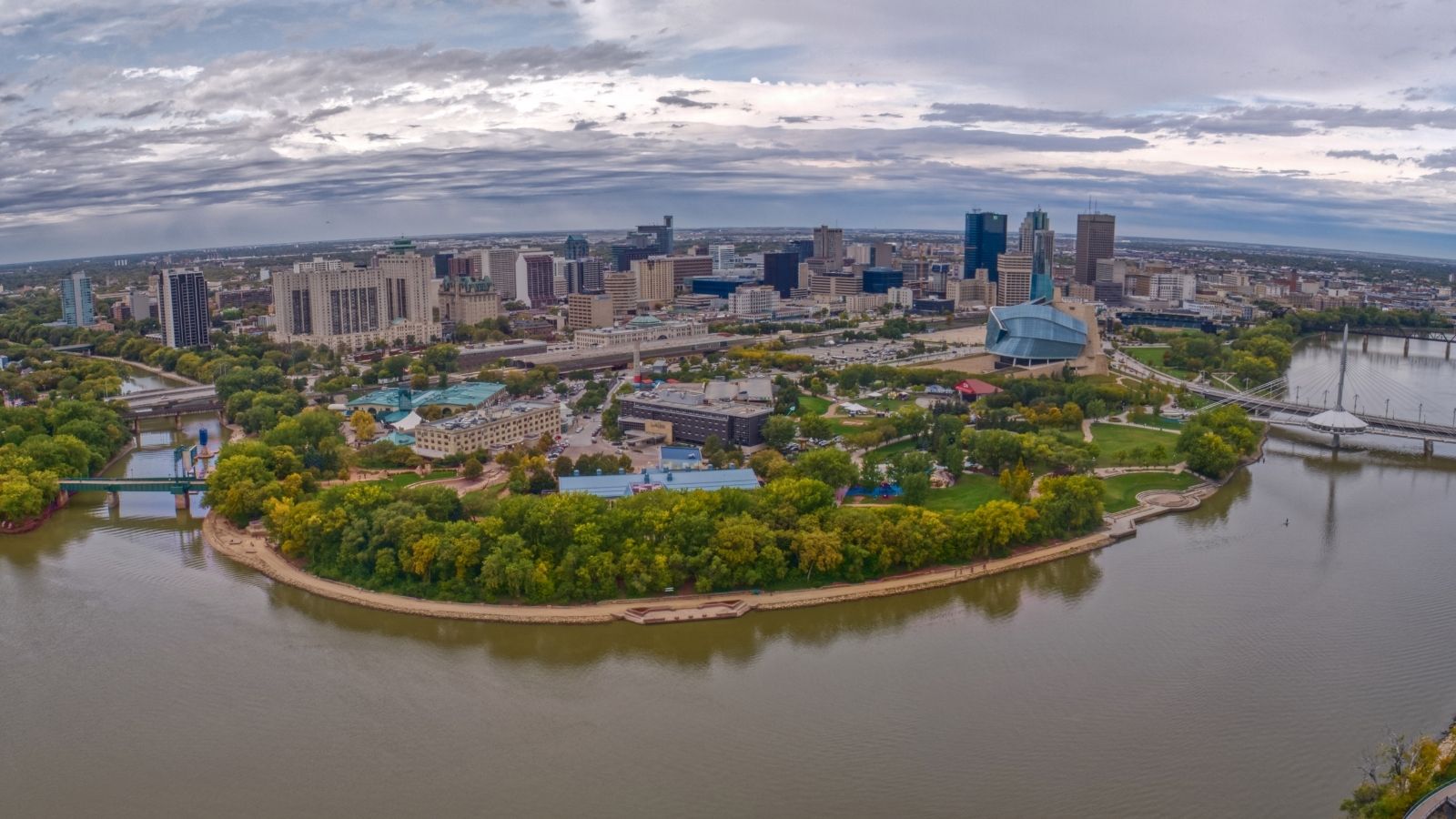
In Winnipeg, sustainability is rooted in community. The city supports active transportation with walking and cycling paths and invests in geothermal energy for public buildings. Urban agriculture initiatives such as community gardens and rooftop farms are expanding, and waste reduction programs have gained traction across neighbourhoods.
Toronto, Ontario
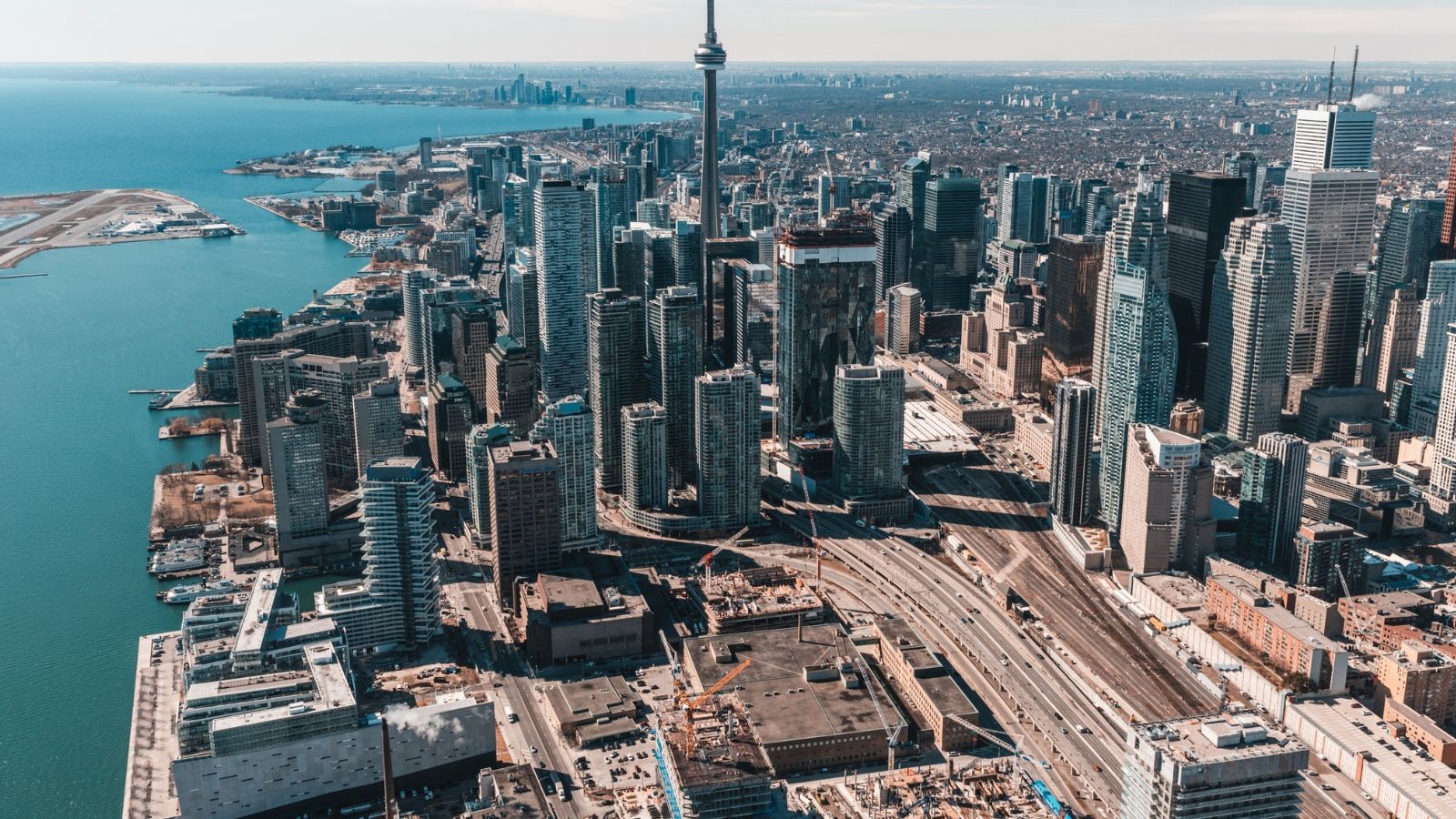
Canada’s largest city is also one of its greenest. Toronto’s TransformTO strategy aims for net-zero emissions by 2040. Residents benefit from green roofs, expanded public transit, and electric vehicle infrastructure. Community food programs and zero-waste markets are flourishing, and the city has ambitious tree canopy and biodiversity goals.
Ottawa, Ontario

Ottawa combines nature and innovation in its sustainability approach. The city’s light rail expansion, electric bus pilot programs, and green building incentives are moving it closer to net-zero goals. Urban forests, the Rideau Canal, and community gardens contribute to a green lifestyle, while citizen engagement in climate action is high.
Hamilton, Ontario
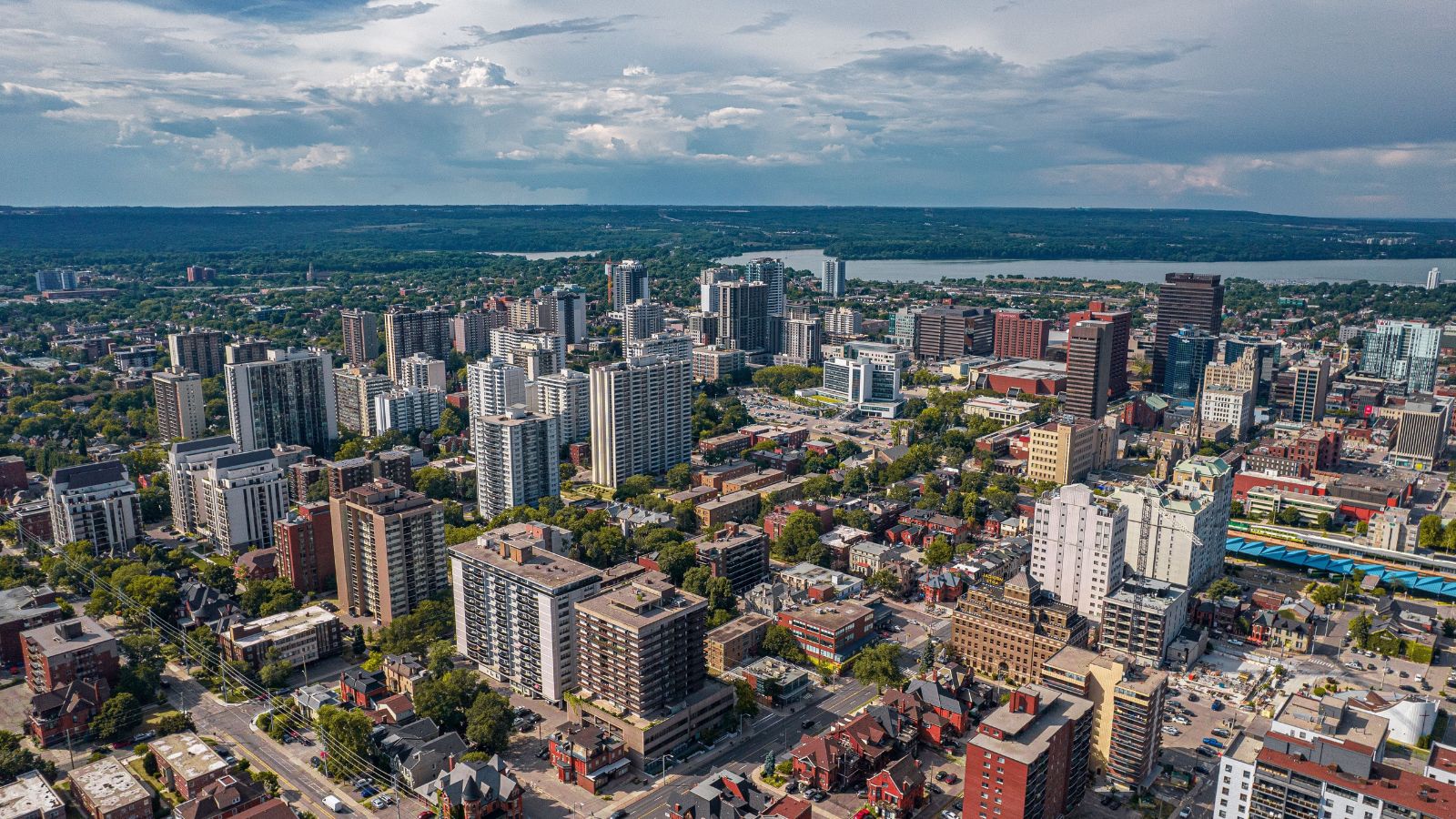
Hamilton is transforming its industrial legacy into a sustainable future. The city has invested in brownfield redevelopment, public transit, and local energy projects. Its Bayfront Industrial Area is becoming a hub for green innovation, and neighbourhoods are embracing composting, cycling, and local food initiatives.
London, Ontario
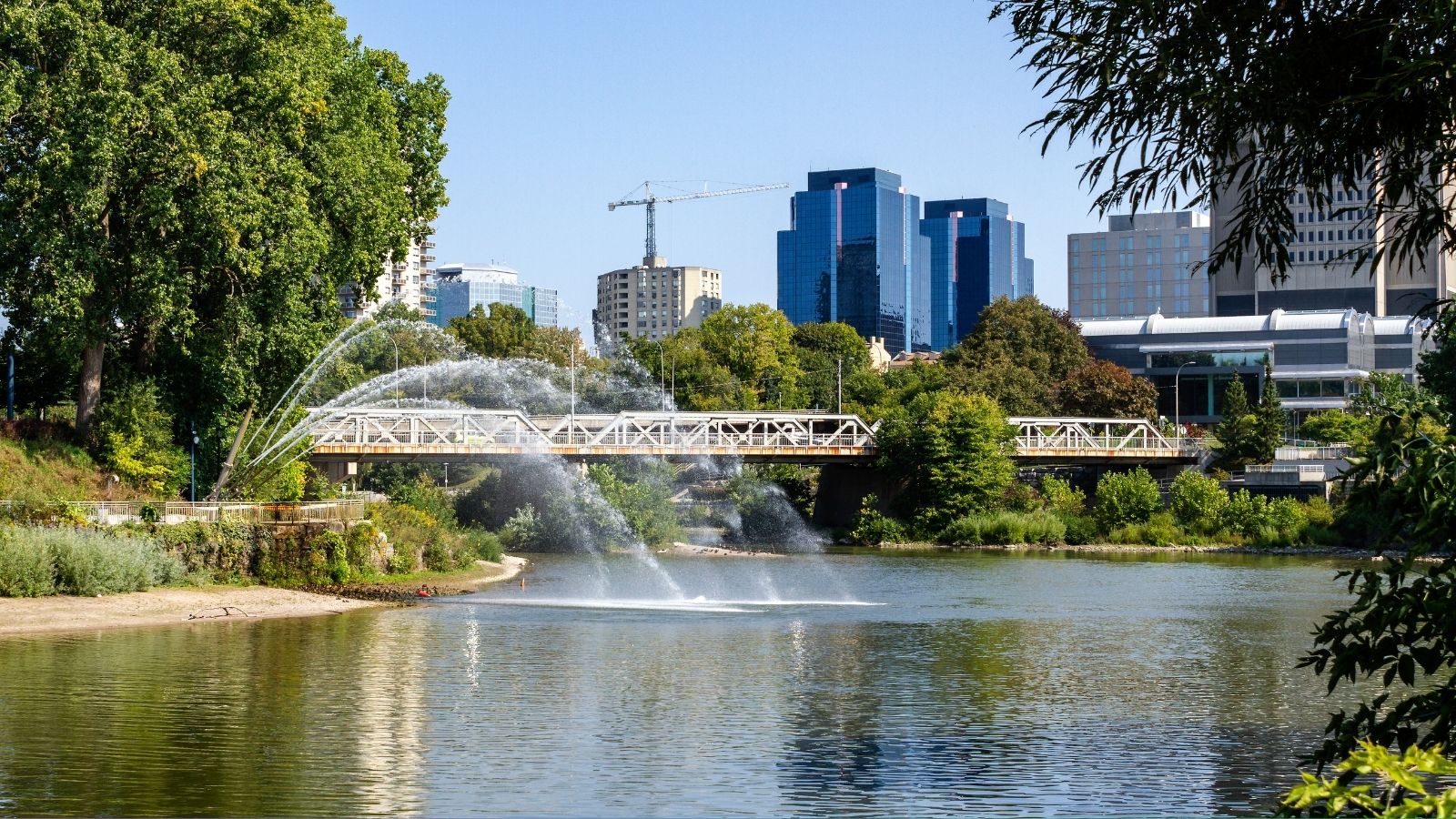
London is advancing sustainability with its Climate Emergency Action Plan. The city is expanding bike lanes, promoting car-free living, and investing in renewable energy. Waste diversion rates are improving thanks to education campaigns, and local food movements, including community gardens and urban farms, are growing steadily.
Kitchener-Waterloo, Ontario

This innovative region supports green tech and smart city solutions. Kitchener-Waterloo’s ION light rail promotes transit-oriented development, while sustainability is integrated into planning processes. Community composting, solar energy projects, and eco-conscious campuses at the University of Waterloo make this a sustainability hotspot.
Guelph, Ontario
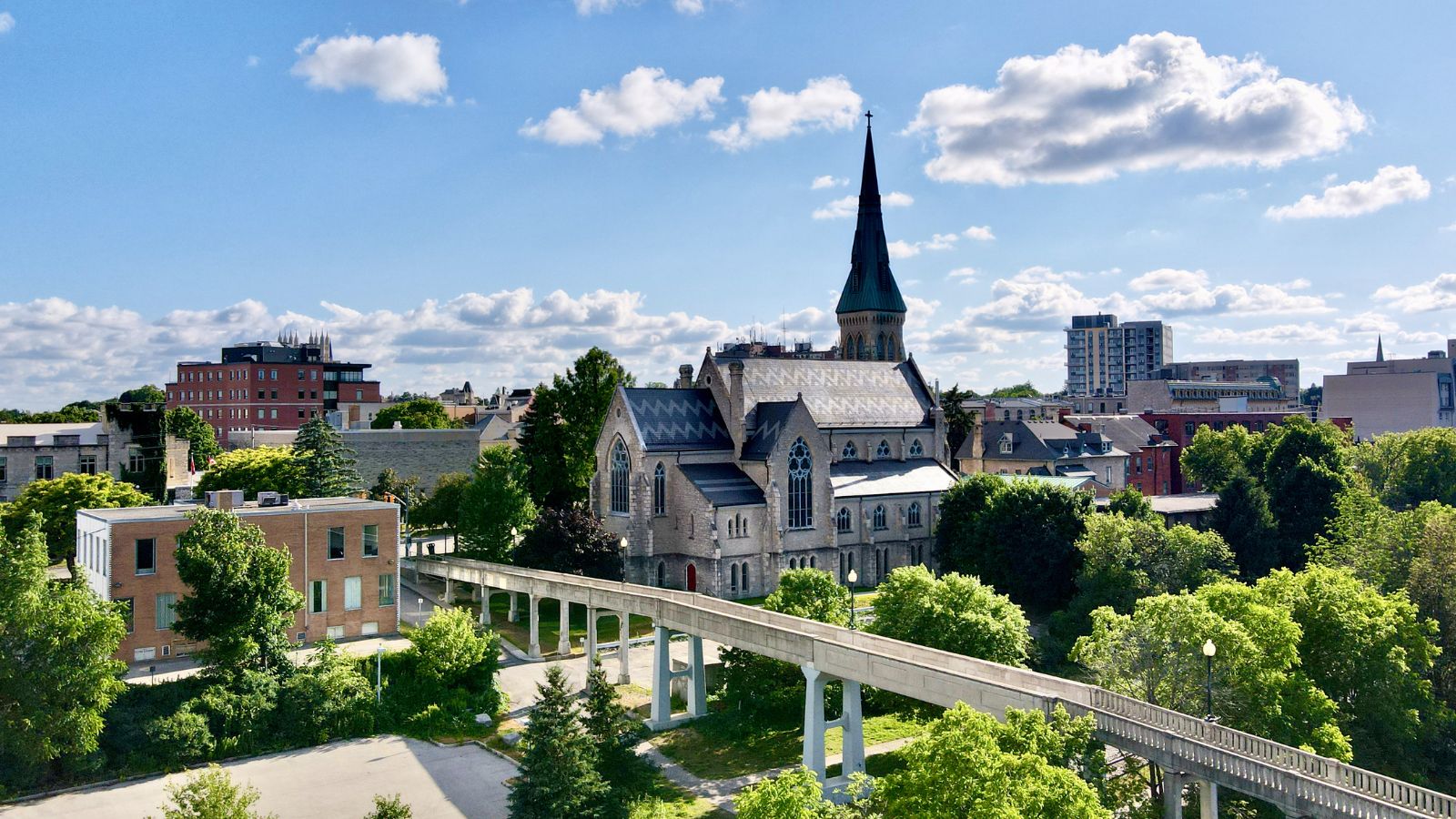
Guelph is known for its strong focus on local food, water conservation, and circular economy principles. Its “Our Food Future” initiative aims to create Canada’s first technology-enabled circular food economy. Active transportation is encouraged through bike lanes and trails, and the city has ambitious renewable energy targets.
Kingston, Ontario
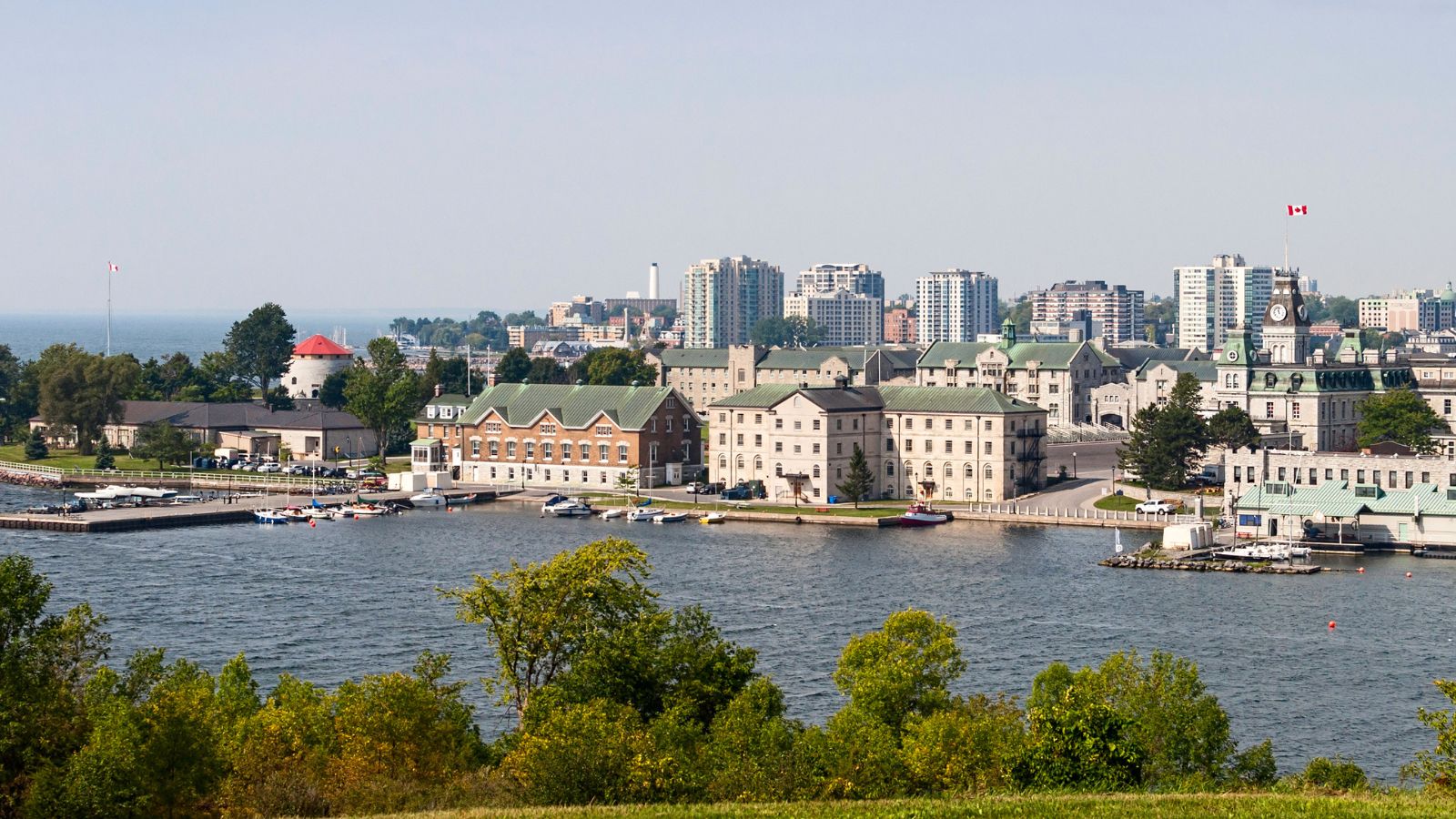
Kingston is aiming to become carbon neutral by 2040, with sustainability integrated into every aspect of urban life. The city supports active transit, electric vehicles, and renewable energy. It also leads in environmental education and green building practices, and community-led climate initiatives are gaining momentum.
Halifax, Nova Scotia
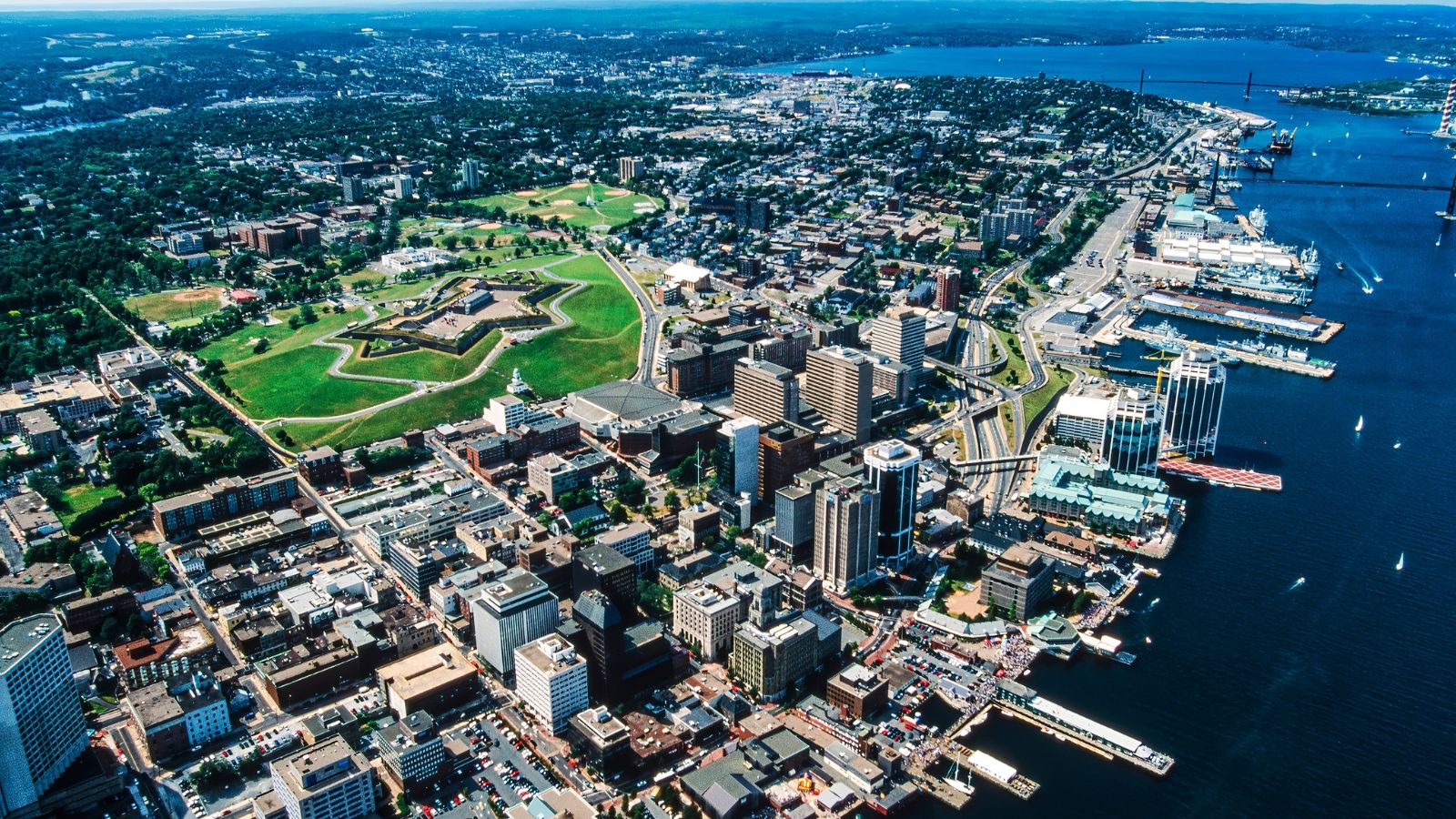
Halifax combines coastal resilience with sustainability efforts. The city’s HalifACT climate action plan targets carbon neutrality, while transit improvements and urban farming initiatives are on the rise. Halifax is also focusing on sea-level rise mitigation, green infrastructure, and citizen participation in climate resilience planning.
Charlottetown, Prince Edward Island
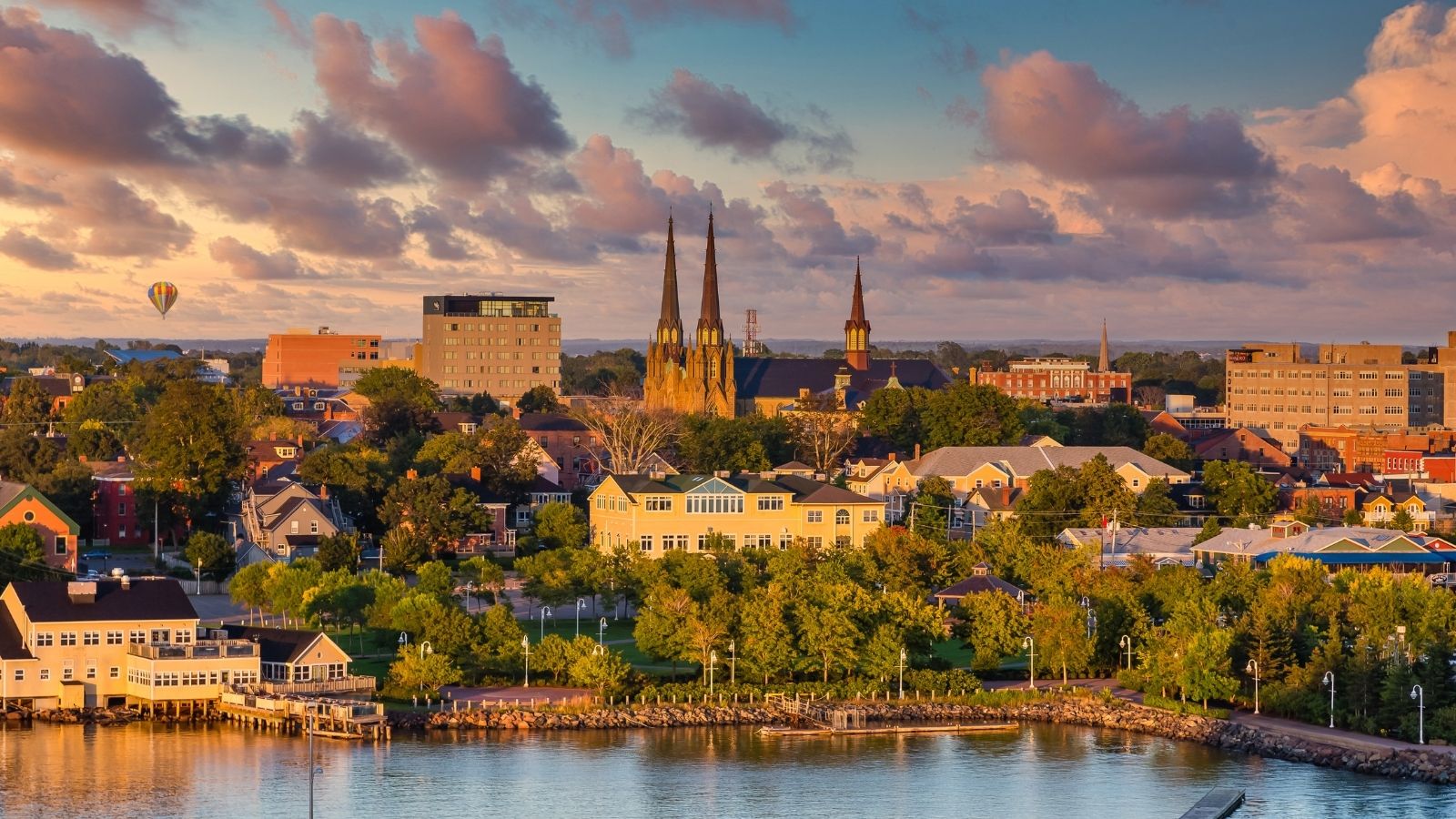
Charlottetown promotes green living through compact urban design, support for local food systems, and renewable energy projects. Its waste diversion rates are among the highest in Canada, thanks to strong composting programs. Cycling and walking are encouraged, and residents actively participate in community sustainability efforts.
Fredericton, New Brunswick
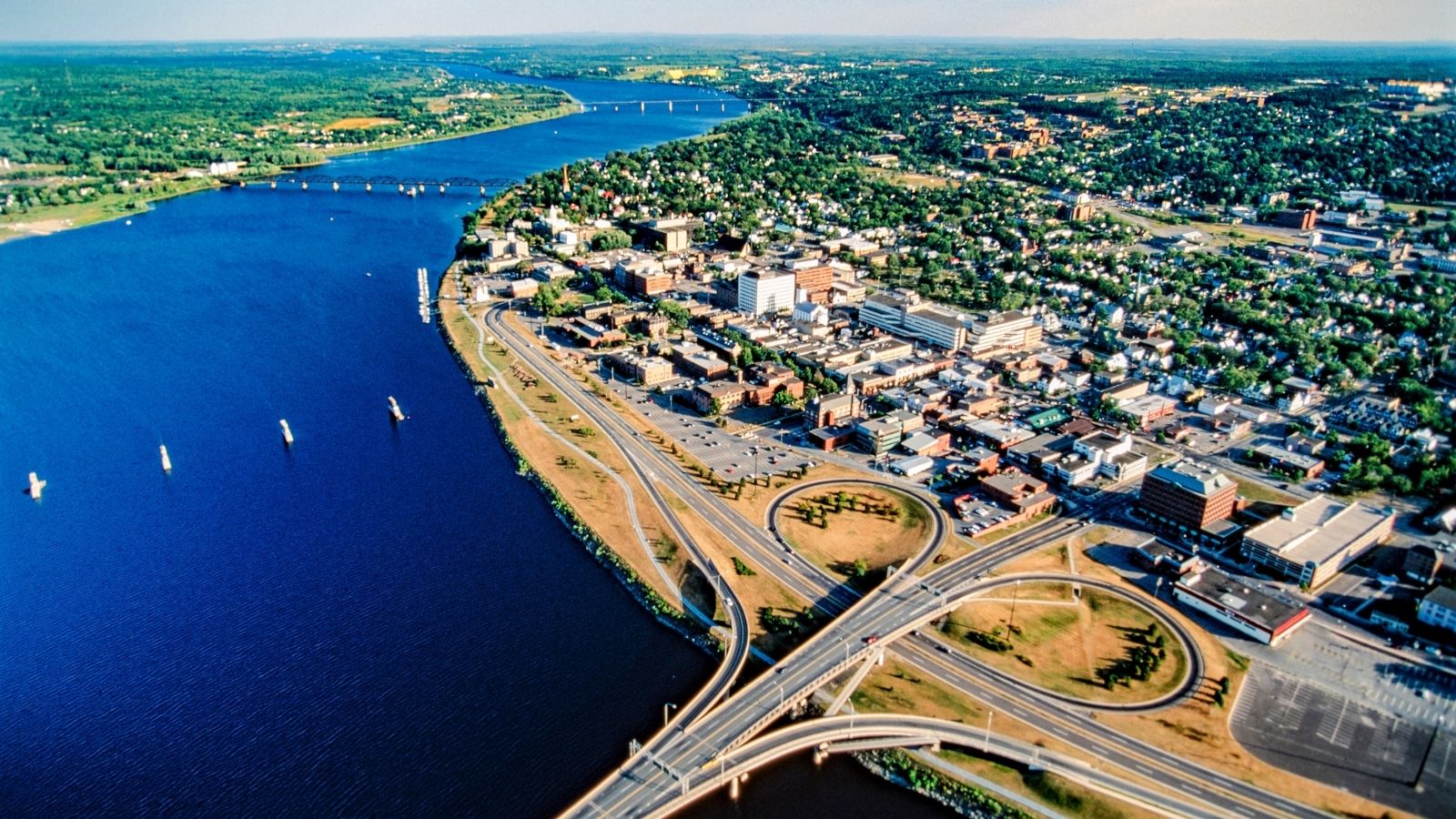
Fredericton’s Green Matters initiative emphasizes sustainability in transportation, waste management, and urban planning. The city is expanding its network of trails and bike lanes and investing in smart energy grids. Local food is supported through farmers’ markets, and schools are involved in environmental education.
Moncton, New Brunswick

Moncton is evolving as a green city with investments in sustainable transit, energy efficiency, and smart growth. The city supports waste diversion, and initiatives like tree planting and pollinator gardens are helping preserve biodiversity. Moncton’s green business programs also encourage companies to adopt eco-friendly practices.
St. John’s, Newfoundland and Labrador

St. John’s is integrating sustainability into urban design, with attention to walkability, stormwater management, and energy efficiency. The city is upgrading public transit and supports community-led food security projects. Its proximity to nature offers residents ample opportunity to engage in sustainable lifestyles.
Whitehorse, Yukon
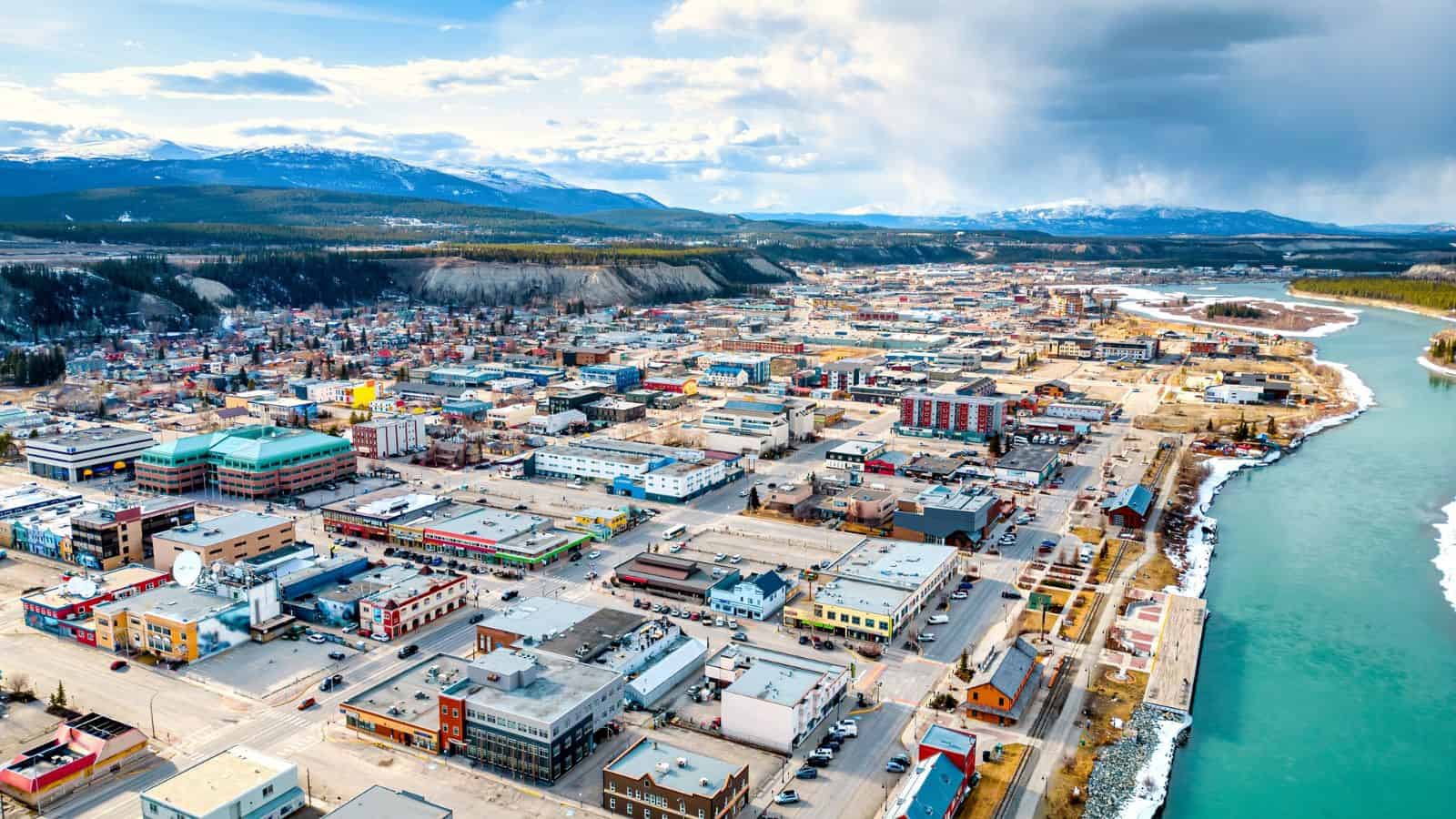
In Whitehorse, sustainability is deeply rooted in community and environmental stewardship. The city supports renewable energy, active transportation, and local food systems. Residents engage in composting, energy conservation, and habitat restoration projects. Its close connection to the land fosters a strong sense of responsibility for ecological preservation.
Yellowknife, Northwest Territories
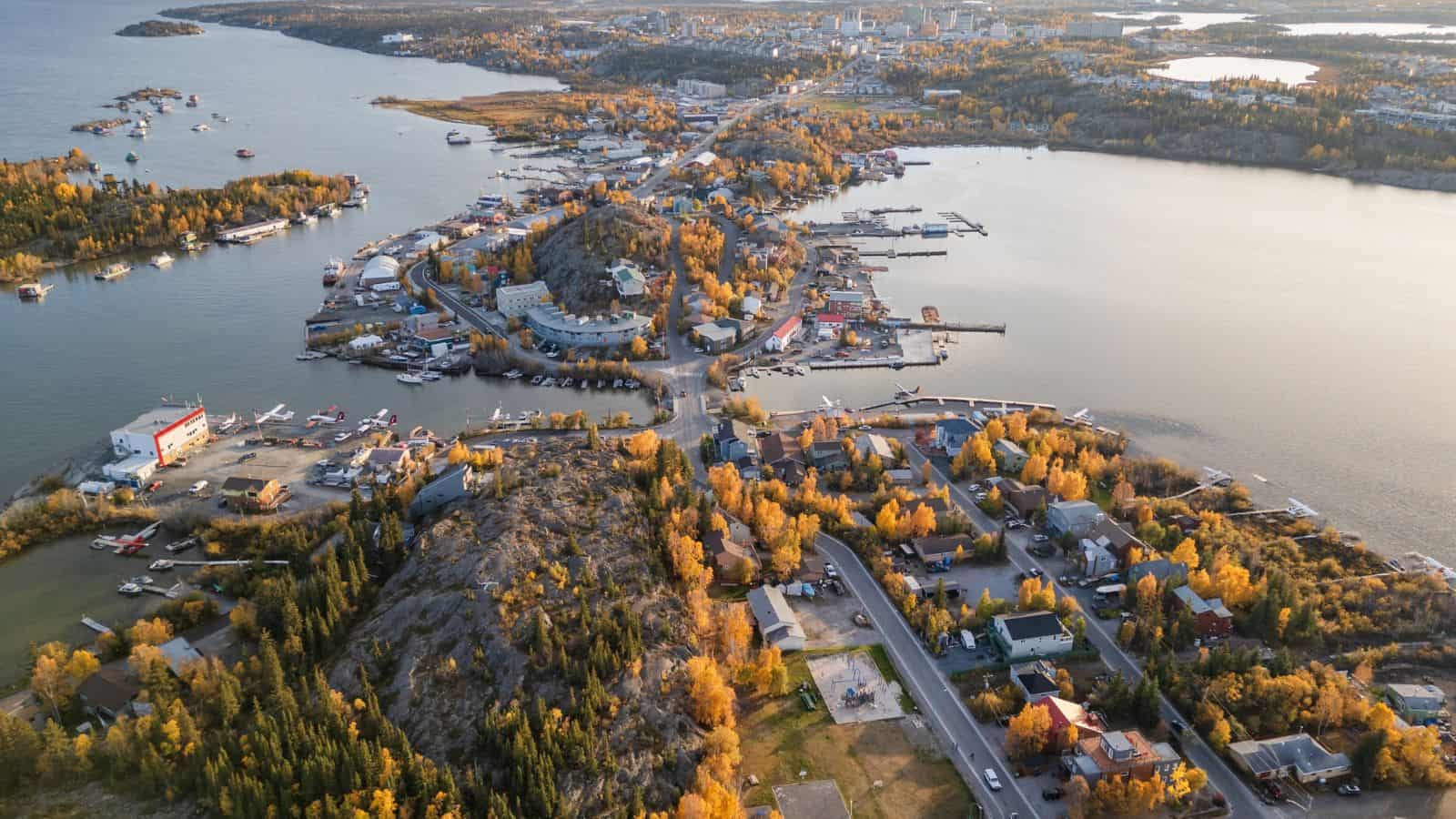
Yellowknife may be remote, but it’s making impressive strides in sustainability. The city promotes energy efficiency in buildings, renewable heating systems, and waste reduction initiatives. Residents take part in local food programs and efforts to reduce dependence on imported goods. Environmental education and Indigenous stewardship play vital roles in sustainable living here.
22 Times Canadian Ingenuity Left the U.S. in the Dust

When people think of innovation, they often picture Silicon Valley. However, Canada has a history of innovation, too. Whether it’s redefining sports, revolutionizing medicine, or just showing America up at its own game, Canadian inventors, thinkers, and dreamers have had their fair share of mic-drop moments. Here are 22 times Canadian ingenuity left the U.S. in the dust.
22 Times Canadian Ingenuity Left the U.S. in the Dust
